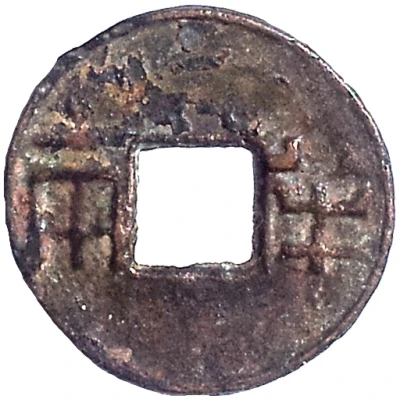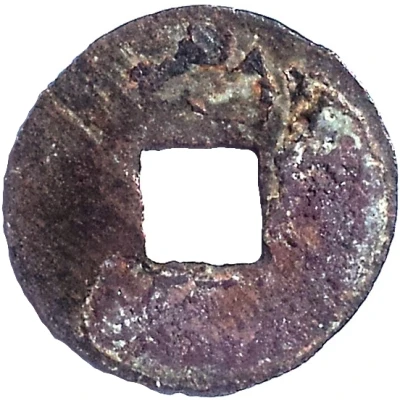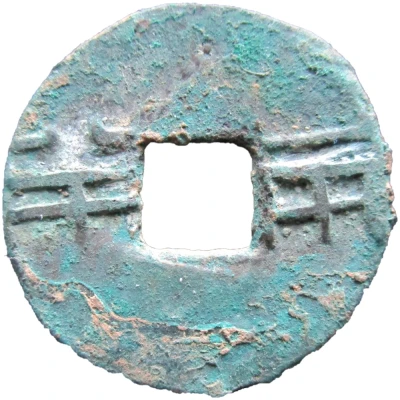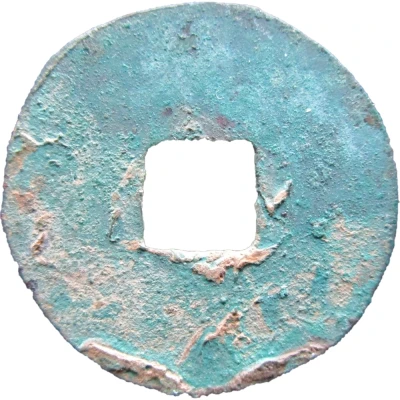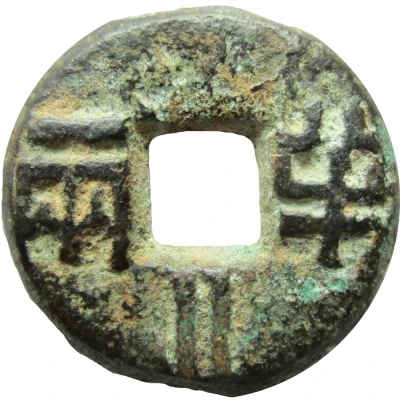
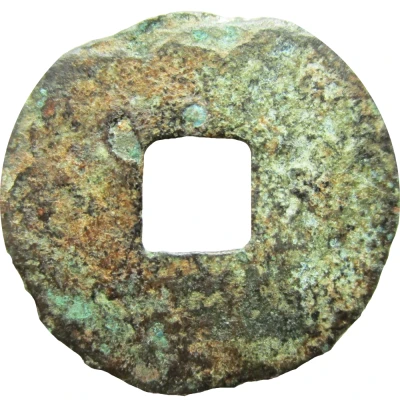

© Ollisaarinen (CC BY)
½ Liang Type 5; with lines 136 BC - 118 BC
| Bronze | 2.79 g | 24 mm |
| Issuer | China (ancient) |
|---|---|
| Period | Western Han Dynasty (202 BC - 8 BC) |
| Type | Standard circulation coin |
| Years | 136 BC - 118 BC |
| Value | ½ Liang |
| Currency | Liang (300-118 BC) |
| Composition | Bronze |
| Weight | 2.79 g |
| Diameter | 24 mm |
| Shape | Round with a square hole |
| Technique | Cast |
| Orientation | Medal alignment ↑↑ |
| Demonetized | Yes |
| Updated | 2024-10-09 |
| Numista | N#210354 |
|---|---|
| Rarity index | 97% |
Reverse
Blank (uniface).
Edge
Plain
Comment
This type has an E-like Liang.Five main types exist:
- Type 1: Weight around 8 grams.
- Type 2: Weight around 5 grams.
- Type 3: Weight less than 2 grams.
- Type 4: Weight less than (or around) 3 grams; without rims.
- Type 5: Weight less than (or around) 3 grams; with rims.
Interesting fact
One interesting fact about the Standard circulation coin ½ Liang (Type 5; with lines) from ancient China is that it was used as a form of currency during the Han Dynasty, which was the first imperial dynasty of China that lasted from 206 BCE to 220 CE. This coin was minted during the reign of Emperor Wu of Han, who ruled from 141 BCE to 87 BCE and is known for his military conquests and territorial expansion. The coin's design features a square hole in the center, which was used to string multiple coins together for ease of use in trade and commerce.
